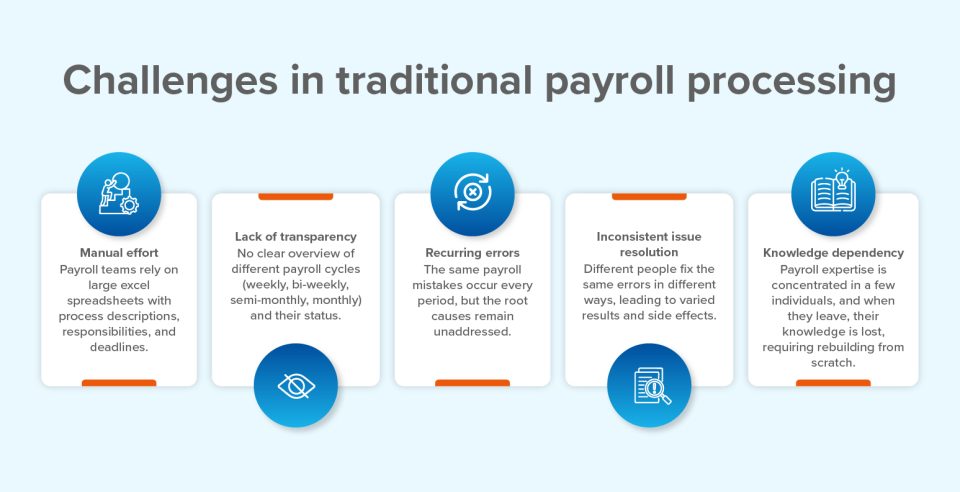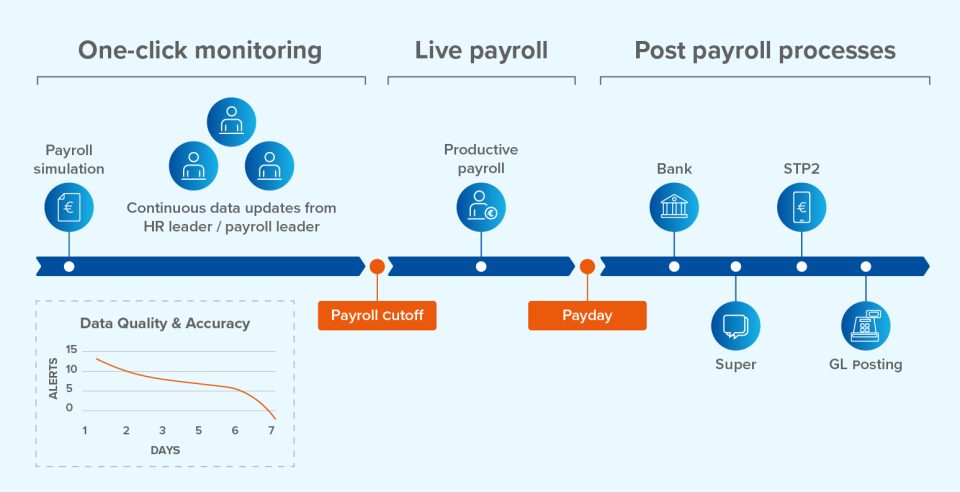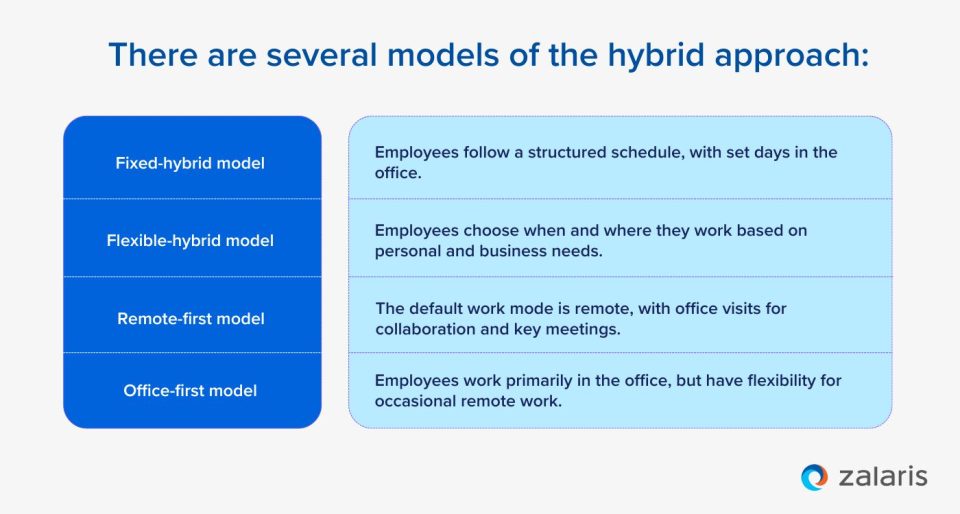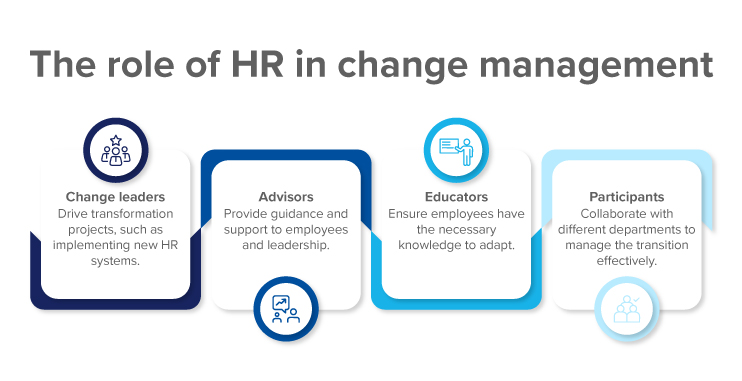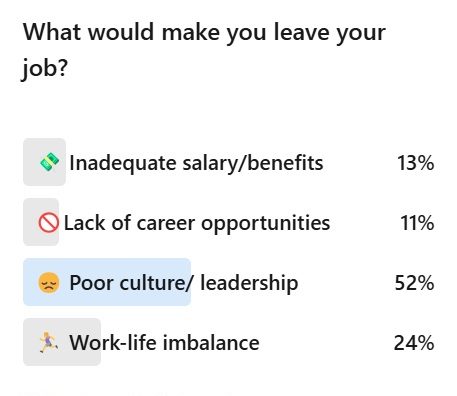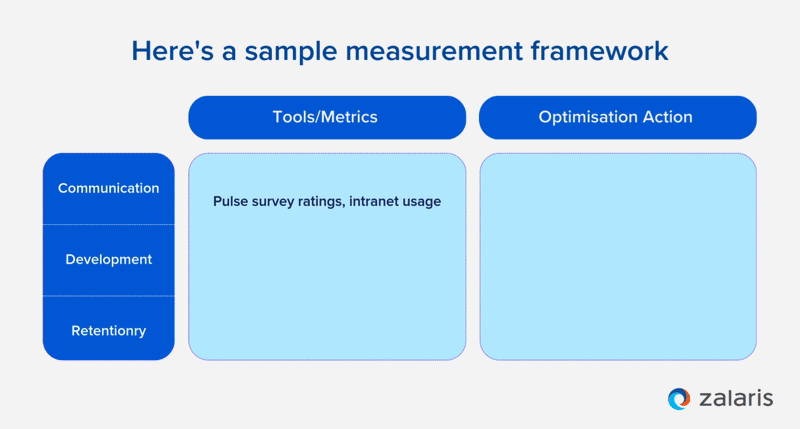Yet, it’s often undervalued until something goes wrong. Consider a study by Davies that found that 36% of UK financial services businesses faced regulatory compliance penalties between June 2023 and June 2024.
A structured approach, guided by HR and supported by IT departments, ensures compliance, enhances decision-making and drives efficiency. By implementing best practices, organisations can turn employee data into a strategic asset rather than an administrative burden. This article explores the critical importance of robust employee data management, highlighting its role in driving business success and outlining best practices for HR teams.
Understanding employee data and its significance
Many businesses focus on client data to analyse market trends and customer behaviour. However, employee data is equally vital for organisational growth.
Understanding what constitutes employee data and recognising its impact on business performance is essential for any company striving for efficiency and long-term success. The deeper an organisation’s understanding of employee data, the more effective their workforce management and decision-making will be.
What is employee data?
Employee data typically includes the following types of employee details:
- Demographic information (age, ethnicity, etc.)
- Personal and employment details
- Performance metrics
- Medical requirements
- Holiday entitlements
- Wage agreements
- Skills and specialisations
The impact of employee data on business performance
Structured employee data management influences three major areas of business: growth, compliance and cost efficiency.
1. Business growth
Improving effectiveness: Employee data helps organisations optimise their workforce management. It enables efficient resource allocation, talent forecasting, and succession planning.
Aligning business goals: The data enables organisations to align different strategies with broader business objectives. Decisions around employees, such as hiring decisions, are based on data, not guessing.
Gaining insights: Employee details provide a comprehensive view of the workforce, allowing businesses to identify trends, strengths, and weaknesses.
Optimising performance: The data improves understanding of employee productivity and performance, leading to targeted improvements in these areas. Organisations can make the most of their available resources, helping boost growth and save money.
2. Compliance
Meeting regulatory requirements: Proper employee data management ensures adherence to employment laws and data protection regulations like UK GDPR.
Enhancing transparency: Properly managed employee data ensures clear access to employee rights and the purpose behind data collection. This fosters trust, ensures compliance, and strengthens workplace communication.
3. Cost efficiency
Reducing unnecessary costs: Effective employee data management and use can lead to significant cost savings. Data-driven strategies ensure more efficient recruitment and retention, reducing wasteful spending.
Streamlining operations: Well-organised employee data eliminates redundant processes and ensures accurate record-keeping, improving overall efficiency.
Improved growth, better compliance, and cost-saving efforts can streamline business operations. The wealth of available data and its strategic use also boost the overall employee experience. Companies have access to information on employee satisfaction, retention rates and overall engagement, which they can use to improve employee satisfaction.
Best practices for employee data management
Gathering data is not complicated in today’s digital landscape, but without a structured approach, organisations may face fragmented information, security risks, and compliance challenges. An effective data management strategy must focus on three areas: data collection, security, and compliance.
Data collection and management
The groundwork for best practices begins with data collection and management. Organisations need to take five steps:
1. Choose appropriate tools: Select software that is user-friendly, integrates with existing HR database software, and scales to meet growing organisational needs.
2. Integrate with existing processes: Consolidating employee data onto a centralised platform streamlines management and provides HR with a comprehensive view. Cloud-based HR platforms such as SAP SuccessFactors are widely recognised for their ability to unify employee data, ensuring consistency and enhancing accessibility across departments.
3. Automate processes: Implement automated systems for data entry and updates. This can eliminate errors, save time and reduce compliance risks.
4. Centralise data: A single platform ensures consistency and provides a single source of truth for employee information.
5. Define collection goals: Set clear objectives for gathering employee data. A well-defined goal for measuring engagement helps direct focus and ensures the goal is measurable.
Data privacy and security
In 2023, over 2,800 data breaches in the UK compromised millions of records. As organisations begin to gather data, ensuring its security is essential to maintaining trust and compliance.
Data security must be shared responsibility between HR teams and IT departments. HR managers should set privacy policies and clearly define access rights while IT teams implement secure technological solutions. Key best practices to strengthen data privacy and security include:
|
Best practice
|
Description |
|
Prioritising employee privacy
|
Obtain consent before collecting, storing, and using personal employee information, and ensure that UK GDPR guidelines form the foundation of the data strategy.
|
|
Implementing strict access controls
|
Establish clear protocols for accessing sensitive information and limit the access to those with a legitimate need.
|
|
Employing secure technology
|
Use employee database software with robust quality management, undergoing regular security audits. Focus on finding software with certifications like ISO 27001.
|
|
Ensuring data accuracy
|
Conduct regular audits to verify the accuracy of stored information.
|
|
Developing retention policies
|
Have clear guidelines for data storage, deletion, and archiving.
|
|
Implementing robust security measures
|
Enforce strong security protocols, including encryption and continuous data monitoring.
|
Compliance and ethics
As organisations begin to establish security best practices around employee data management, focus must also be given to compliance and ethics. The primary data protection law and regulation to consider here is the UK’s primary data protection law, GDPR.
Businesses and entities must clearly communicate employee rights regarding their personal data. This isn’t just about letting employees know about their rights, but also explaining in detail why employee data is gathered in the first place. It’s vital to make employees aware of the benefits of collecting data. Employees also need to have access to their personal information to nurture trust and transparency.
The final key step for compliance best practices is ensuring continuous training. Organisations should implement comprehensive data protection training programmes to educate employees on their responsibilities. Clearly communicate ethical guidelines and the reasoning behind data collection practices. The more informed and trained employees an organisation has, the stronger its data security becomes.
Failing to maintain compliance can lead to severe consequences, including substantial financial penalties, legal action, reputational damage, and loss of employee trust. In fact, violations of UK GDPR can incur fines of up to £17.5 million or 4% of annual global turnover, whichever is greater.
These are not purely potential but have led to fines, like Germany handing out a €35 million penalty for mishandling employee data to H&M. Therefore, proactively educating employees and fostering a culture of compliance is not just advisable but essential.
Read more on the topic
Conclusion: The importance of effective employee data management
Effective employee data management goes far beyond maintaining records. It involves leveraging valuable insights to drive growth, enhance compliance, and boost operational efficiency. As highlighted, poor data handling can expose organisations to significant regulatory risks, financial penalties, and reputational damage. These are challenges that no modern business can afford to overlook.
By proactively adopting best practices in data collection, privacy, and security, HR and IT teams can protect the organisation and ensure HR processes remain efficient, transparent, and compliant.
Our solutions assist your organisation in establishing and managing the framework around employee data. We can set up and run the entire HR database software ecosystem, from payroll to performance management. With us, you can design a well-managed employee data strategy to support business objectives.
A well-managed data strategy positions organisations as forward-thinking workplaces that make informed decisions. Businesses cannot wait until compliance becomes an issue. Contact our team today to future-proof your employee data strategy and ensure lasting success.



